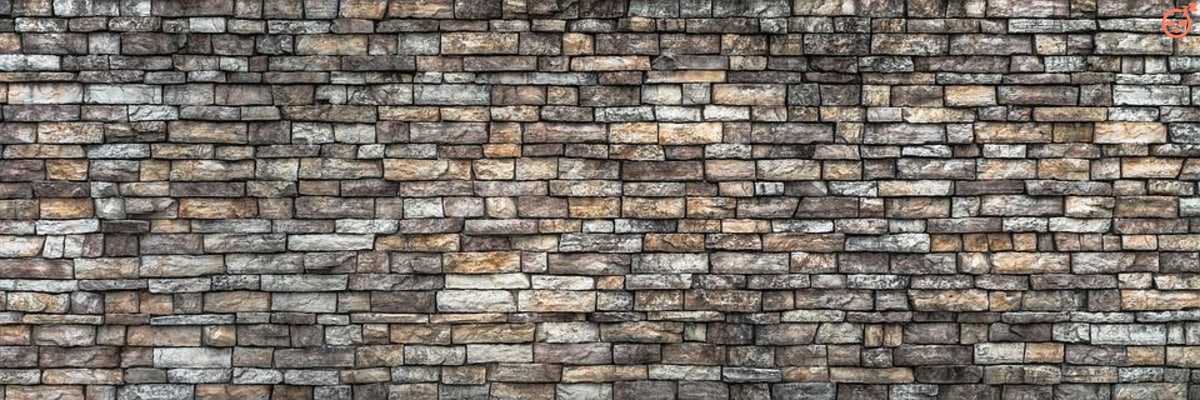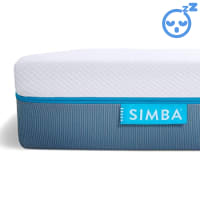What is density and high-density foam? Guide, 2022

There are many aspects and data points that determine the quality of a mattress. You likely have heard that higher density mattresses equal higher quality, but quality is a broad term and it is simply wrong to believe that higher density mattresses will be better for you overall. Therefore we know it will be helpful to define density primarily and explain how it is measured and in what areas it affects the performance of a mattress. Only then would you really be equipped to understand what level of density you want in your mattress and how to know what the figure represents.
What is density?
When we speak of density we are referring to the relationship between the space which an object occupies and the amount of matter in that space that it is in. Generally it is calculated by taking the entirety of an object’s mass, then dividing it by its volume. You likely have heard the trick hypothetical question: Which weighs more: a tonne of bricks or a tonne of feathers? Of course, the answer is they weigh the same. If we were to slightly modify the question and ask what weighs more: a 3m by 3m cube of a tonne of bricks or a 3m by 3m cube of a tonne of feathers, the answer doesn’t change, they weigh the same. However, now the reason they do is because of density.
How is Density measured for mattresses
In the mattress industry, there needs to be a standard for how density is measured, to avoid confusion and to make it easier for it to be measured. When it comes to measuring foam density PCF is used, or Pounds per Cubic Foot.
This focuses the measurement of density on one single cubic foot by dividing the total weight of the foam by the cubit feet. To simplify it a mattress that weighs 100 pounds and is 20 cubit feet altogether, will have a density of 5 pounds per cubic foot. The density of the foam is placed in categories, low-density, medium-density, and high-density. However, not all foams squeeze into the same brackets as those that have the same PCF. For example, a cubic foot of polyurethane foam having a PCF of 2 makes it high density. However, 2 Pounds per cubic foot for memory foam is considered to be low density. For you to visualize this, refer to the chart below.
| Type of foam | Low density | Medium density | High density |
| Memory foam | Less than 3PCF | From 3-5 PCF | Over 5 PCF |
| Polyurethane foam | Less than 1.5 PCF | 1.5 to 1.7 PCF | Over 1.7 PCF |
How density relates to mattress quality
Firmness
It will likely not come as a surprise to you that higher density foams are generally firmer than foams of a lower density. Since the foam is more tightly compacted the material is more solid than lower down on the scale. Density is not the exclusive element for the firmness of a mattress though. If a high-density mattress uses an ‘open-cell structure' which makes the mattress airy and has a plushness to them despite its density.

Expense
Normally mattresses of a higher density are more expensive, mainly because it costs more for them to be produced. The price of a memory foam mattress is usually a fine indicator as to whether it is of a high, medium, or low density. This is because the density actually has a significant impact on the performance of the foam.
Durability
Density is likely most relevant when it comes to questioning the durability of a mattress. When it comes to foam, those of a higher density usually have greater longevity than those of a lower density. As the foam is more tightly constructed it is generally more resistant. This means that the constant pressure that it is subjected to and wear is handled better. Having a longer life span also contributes to them costing more as it is an investment.

Pressure-point relief
Higher-density memory foams tend to perform better in bringing specific relief to areas of your body where pressure is higher than most other regions. This is because the material can move tighter relative to you, staying close to the mold of your body like millions of grains of sand forming around your shape. This means the pressure is alleviated in areas, particularly around your back and shoulders where high pressure can be quite damaging. Memory foams can produce the melting, viscoelastic effect.
Heat transfer
High-density foam tends to trap heat more because airflow is restricted since the foam is more tightly constructed. As a result, temperatures rise quite high in high-density foams. Therefore high-density foams aren’t typically excellent when it comes to breathability or coolness, but the micro-design could be the factor that determines this.
Types of sleepers and density
| Type of sleeper | The mattress density they require |
| Side-sleepers | Side-sleepers These kinds of sleepers usually push deeper into a mattress and the higher pressure points in the hips and shoulders build up a lot of tension. High-density foam mattresses are recommended for side-sleepers because they would be able to provide relief in the pressurized areas. This means that you likely won’t wake up with bodily pains caused by how you sleep. |
| Back-sleepers | The back-sleepers typically have an equal amount of pressure across their body with their mass being spread evenly across their total surface area. This means there is not much pressure build-up in specific points, but it is important that the mattress offers sufficient back support to facilitate spinal alignment. For this, medium-density mattresses will normally be suitable. Lower density mattresses, usually won’t provide adequate support. An example of a great mattress for back sleepers is the Emma Original mattress. |
| Stomach sleepers | The stomach-sleeper generally presses more into the mattress with their stomach than other areas. Yet again high-density mattresses are typically the appropriate option for this because if a mattress is too slack the curvature of the spine can be extended to a damaging level. Lower density mattresses often will allow too much slack and permit excessive arching which can bring about pains after you wake up. |
As you can see high-density mattresses are for most kinds of sleepers and combo sleepers, so likely the Simba Hybrid which has a high-density foam base will match your sleeping style and be appropriate for you.

Get the sleep you deserve with our mattress and sleeping product reviews.
© Undercover Mattress 2022








